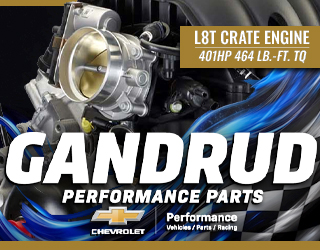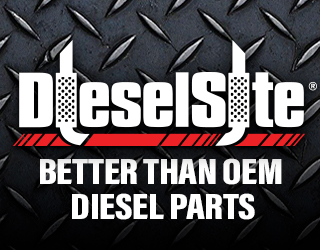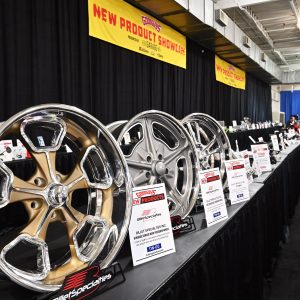Ford
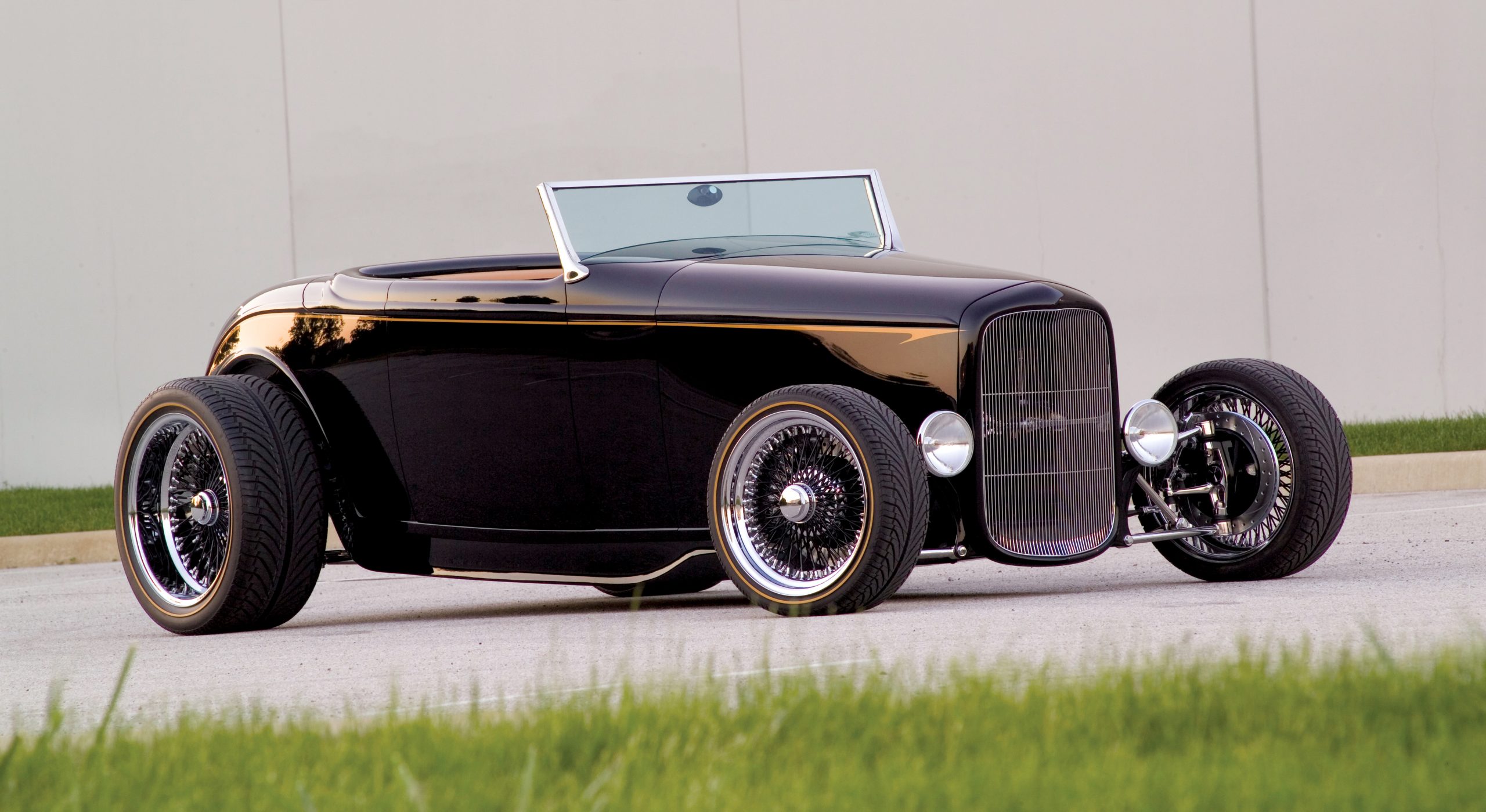
If you think you’re particular about your street rod—the quality of the build, the effectiveness of the drivetrain and chassis, and the aesthetics of the entire effort—consider what it must be like for someone who has specialized in high-level manufacturing for most of his life.
So it’s been for Joe Stuban, a lifelong car enthusiast who has been closer to the source of automotive invention than most us will ever have the chance to explore, creating tens of thousands of stampings and assemblies for every imaginable vehicle that’s rolled out of Detroit over a period of 25 years. Yet, while his experiences have certainly been a blessing, in that he knows what it takes to achieve greatness, it’s that much more of a challenge to attain those goals building the cars he loves so much.
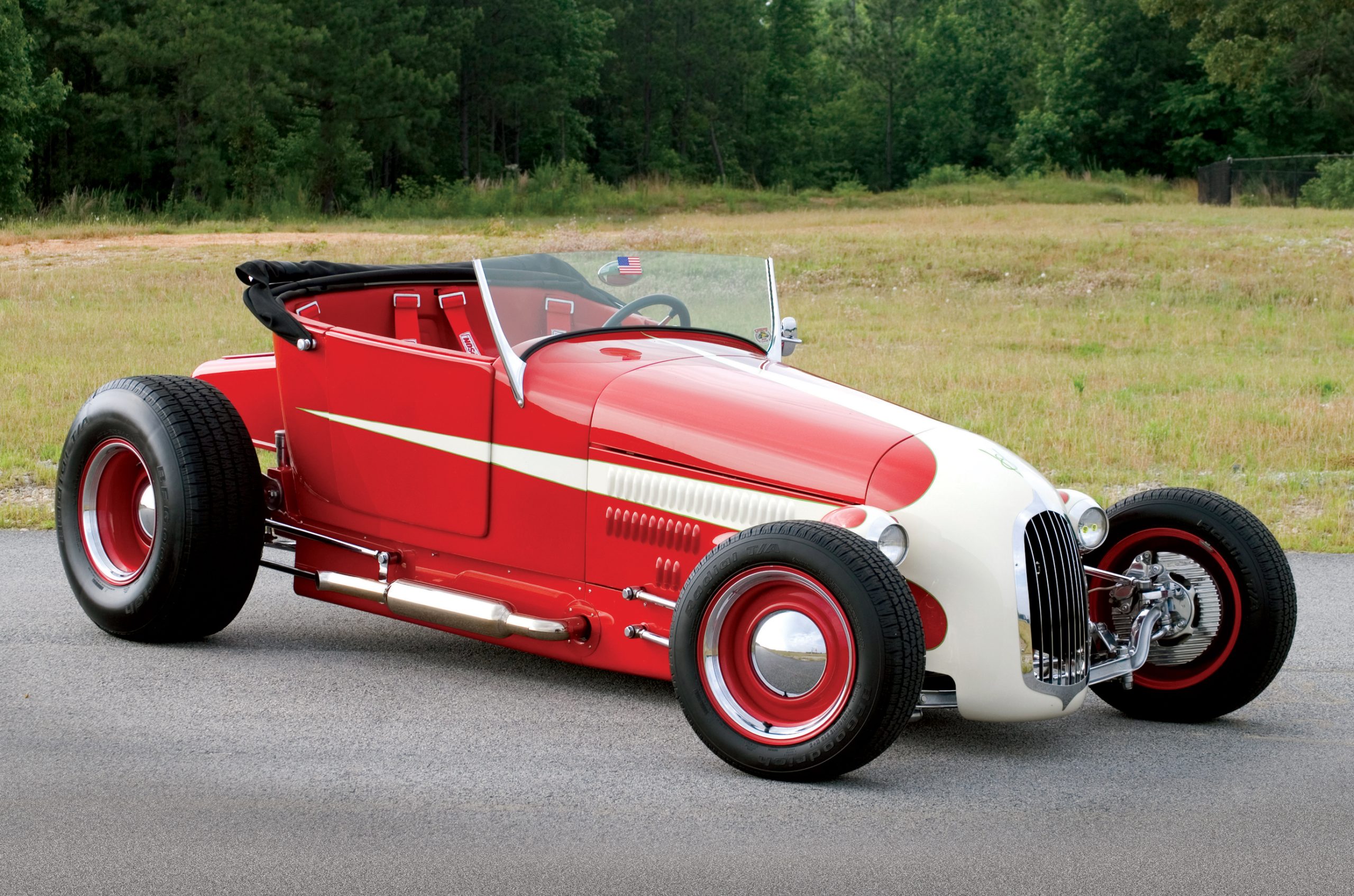
The T rides on a home-built frame that’s a mixture of round and rectangular boxed tubing. Front suspension parts consist of a polished I-beam axle hanging from a four-bar arrangement and suspended by quarter-elliptic springs and friction shocks. These parts provide the appearance of a genuine vintage track car, and the end of each axle features a Wilwood polished caliper bolted to a ’40 Ford spindle. Steering consists of a Vega box with linkage outside the hood for additional style. Unseen, though, are the twin 8-gallon gas tanks hidden within the frame. The wheels, of course, are painted steel, measuring 15×6 inches and wearing plain hubcaps and beauty rings. Wrapped around each wheel is a 215/75R15 BFGoodrich radial T/A tire.
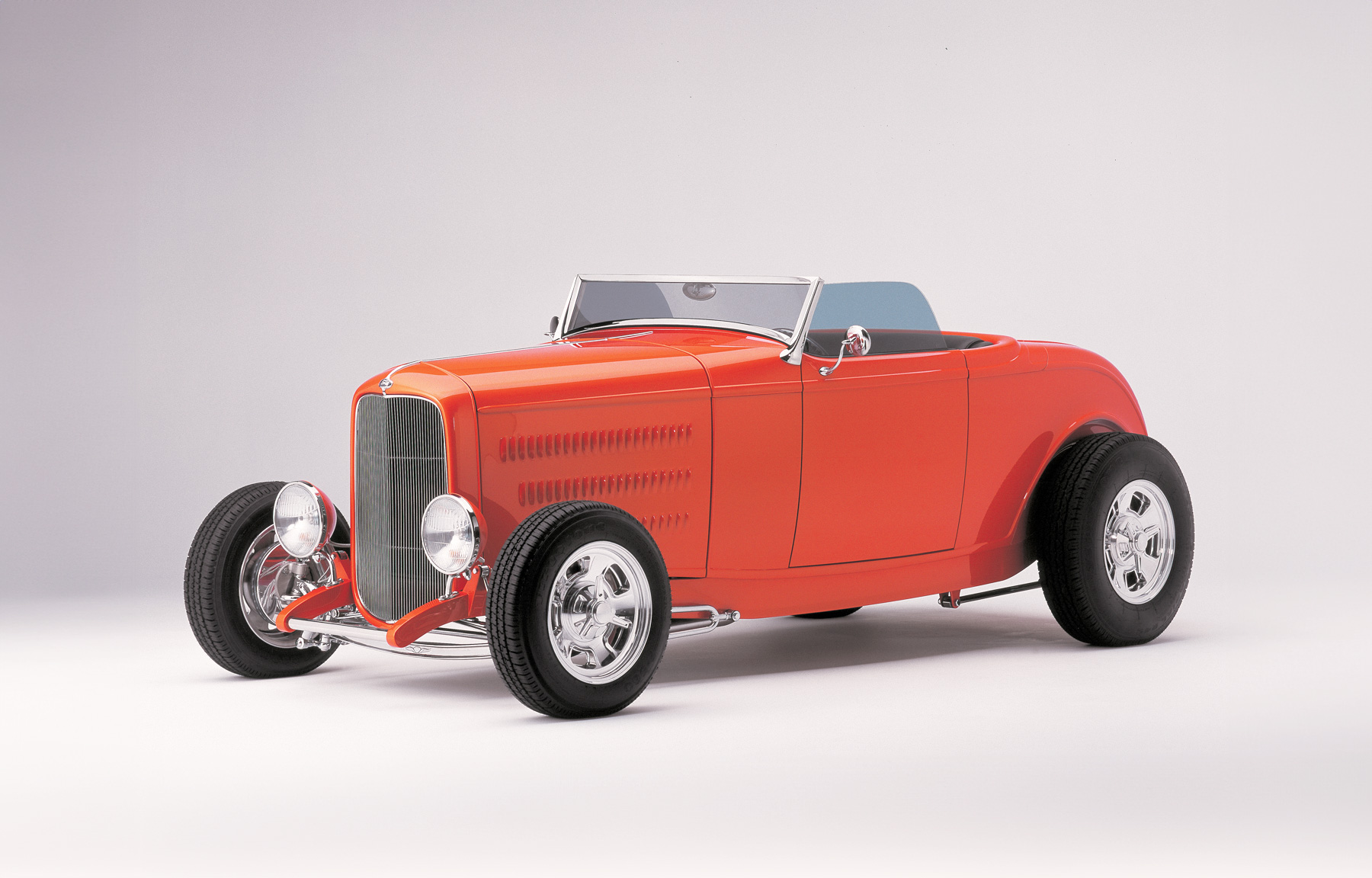
In the midst of all the wait comes this brand-new and, dare we say, quite revolutionary roadster/convertible, and a whole new wave of “…there’s not a chance.” Opinions surfaced. We took the high ground, as we have sat and listened intently to the plans for HRH, have visited facilities where some of the early work had been done, and are of the opinion that what the company has set out to do is not much different than any of us, only HRH bit off a whole mouthful.
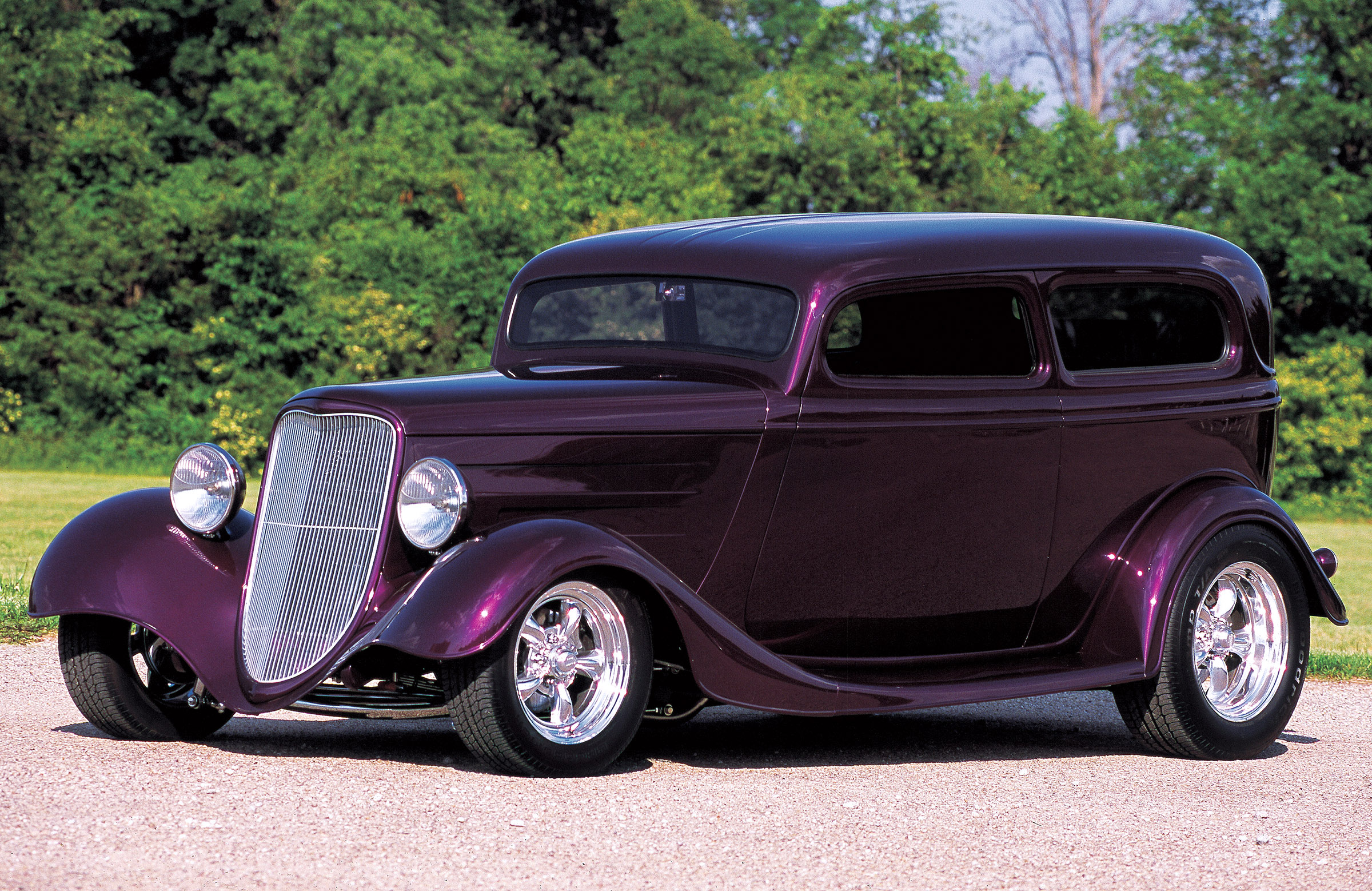
Greg Harris has been a car enthusiast for years and has built a number of muscle machines and classic trucks. He has had loads of fun with late-model cars, but he couldn’t shake the fact that he really had the yearning to build a street rod some day. His friends knew about his longtime goal, so when one of them found a partially completed early sedan for sale, he told Harris about the car. Harris went to take a look, and as it turned out, the car was a half-finished all-steel ’33 Ford two-door sedan powered by a 427 Chevy engine. He immediately knew he had to buy the sedan—it was just what he was looking for. He made a deal with Clark and Bridgett Short, the folks who started the project, and brought the ’33 home.
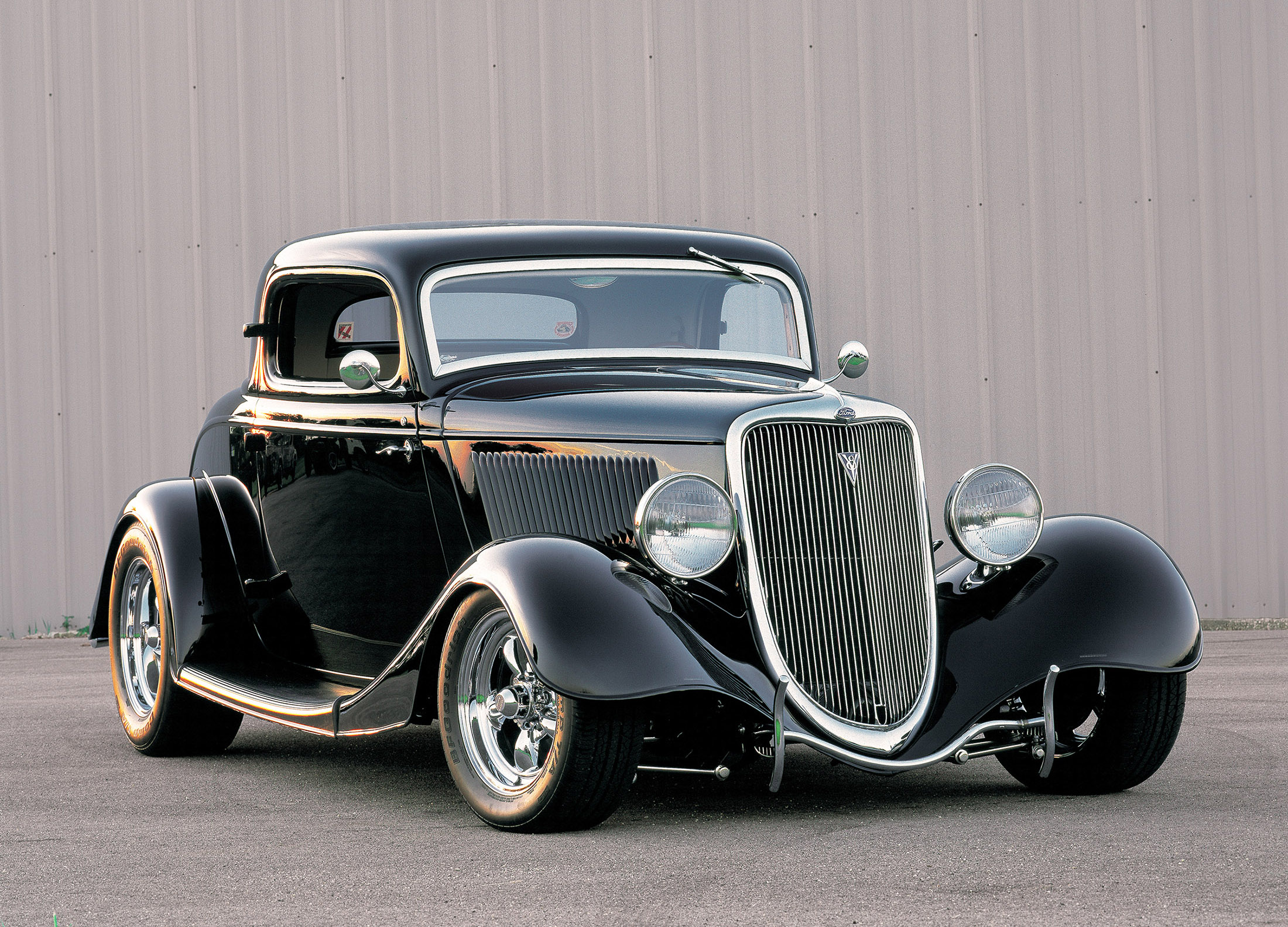
Sometimes building a street rod can be downright exasperating. The amount of money involved and the stress of chasing down parts and coordinating the efforts of multiple shops can lead to a fair bit of tension in any owner. How many times have you heard someone say something along the lines of: “That damn car’s going to give me a heart attack!”? Odds are you’ve heard it or even said it at least once or twice if you’ve been involved in rodding for any length of time.
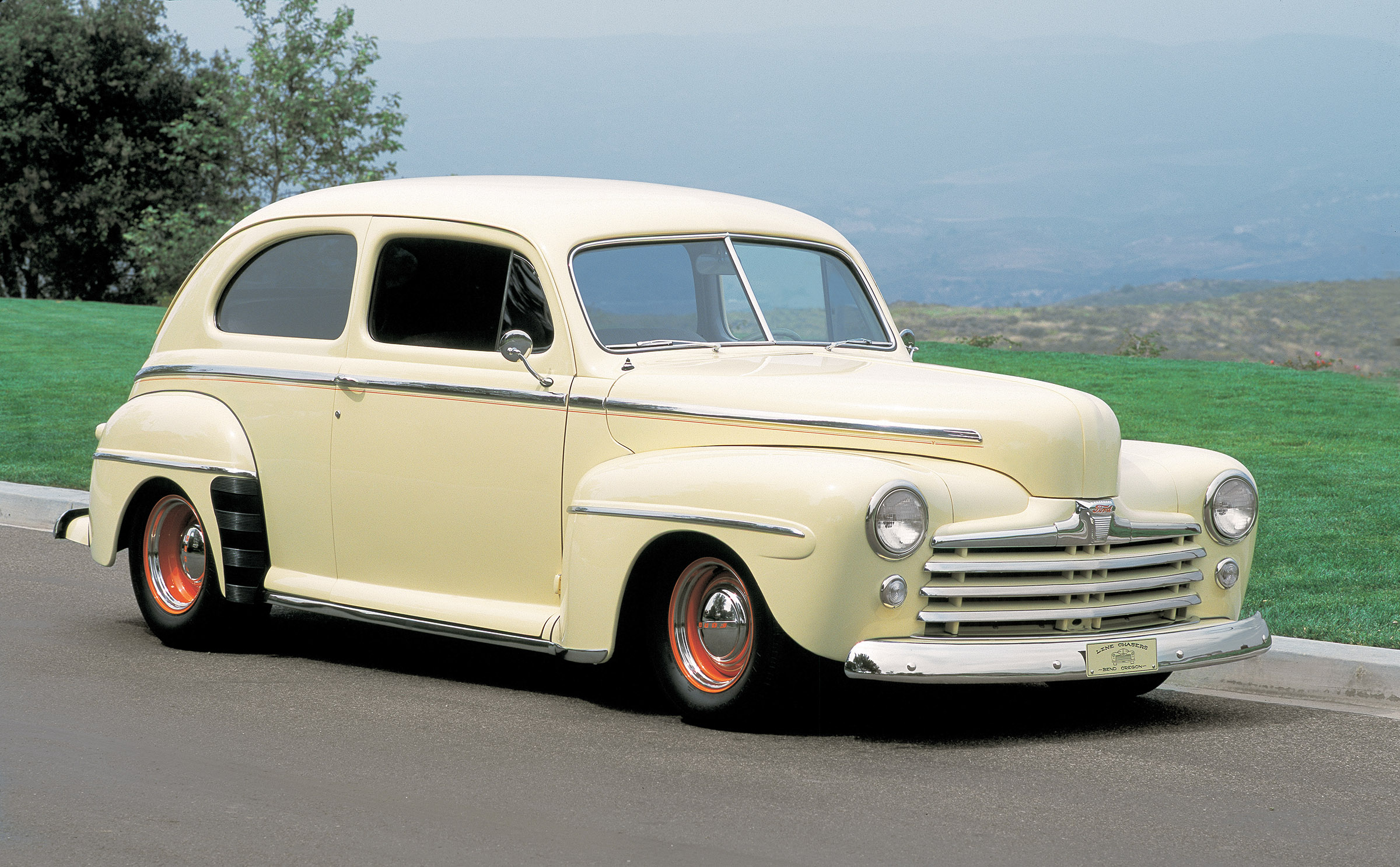
When we were at the NSRA Nationals last year, we came across a nice Pontiac sedan that we just had to photograph. It was different, super clean and it had fantastic detailing that made you come back for a second look.
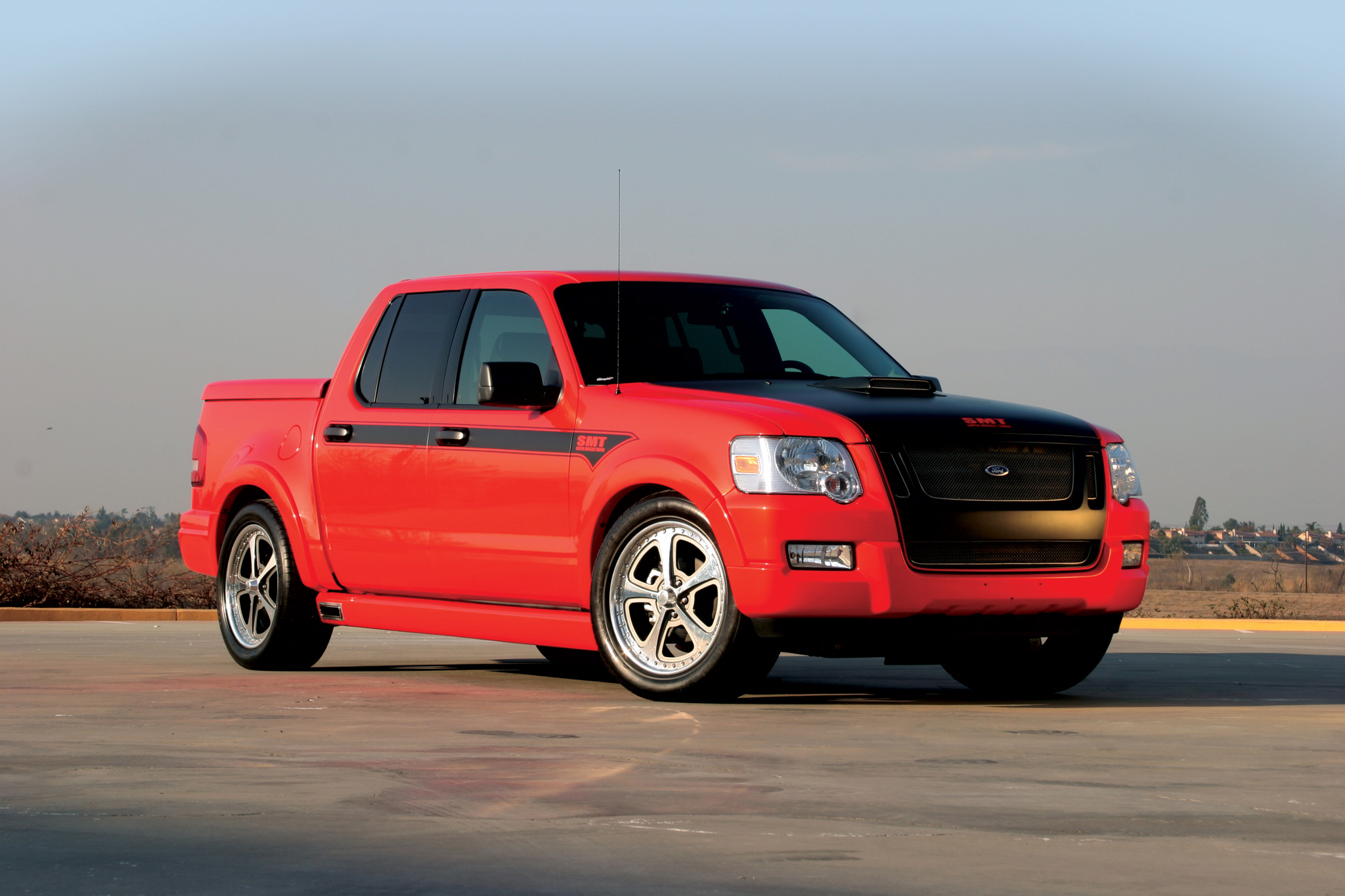
Shops such as Barry’s Speed Shop can take a brand-new, stock vehicle and turn it into a rolling showcase, and do it in a short amount of time. Many of our readers are familiar with Barry White’s “Wrecks to Riches” TV show, as well as the many technical stories we have presented on the work he has done. So when the owners of a company contact White they know they’ll get a vehicle that will attract attention, and it will be built by a shop that makes building outstanding custom vehicles its only business (well, that and being TV stars).
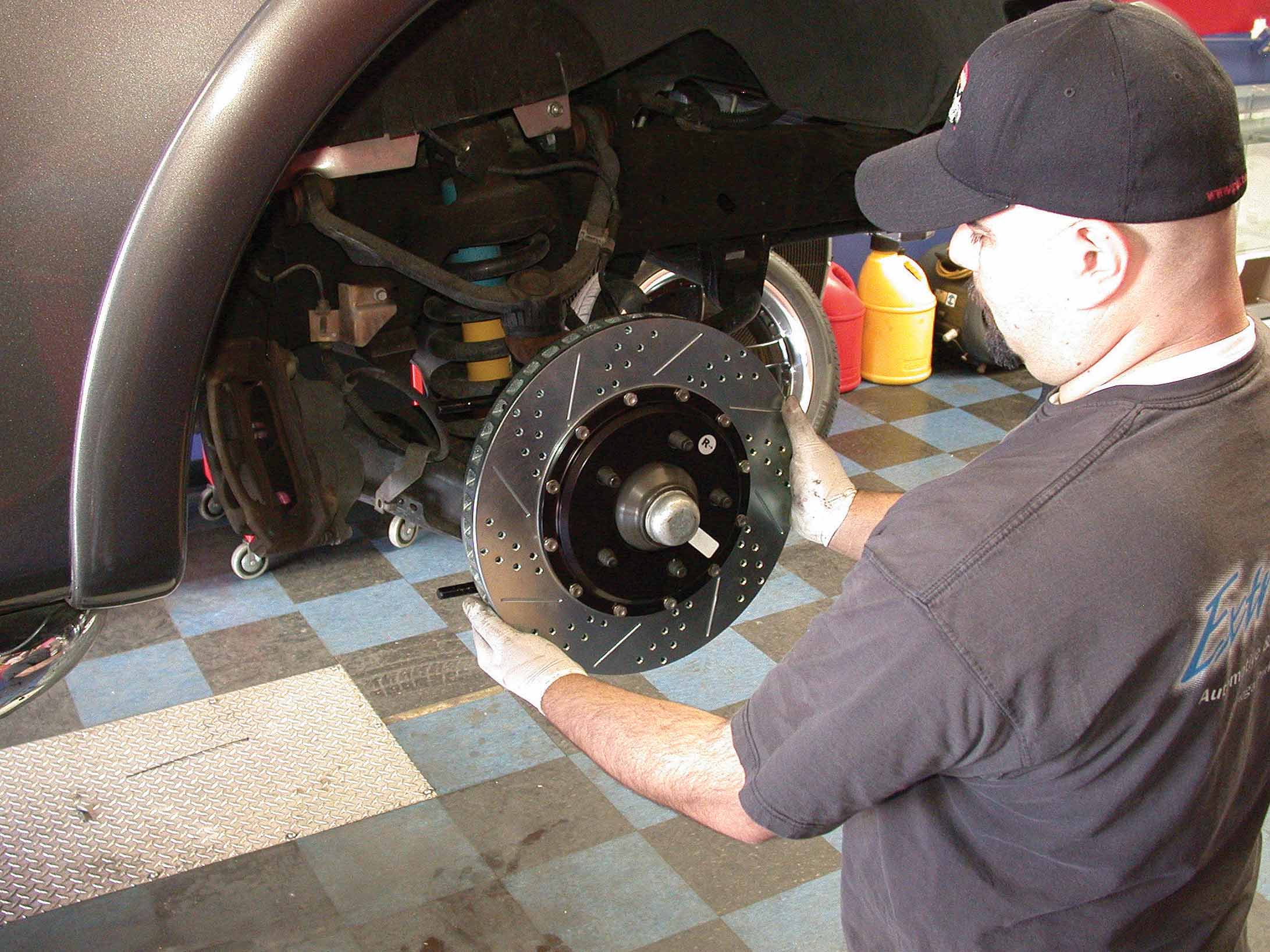
There is no other more important system than braking, so when the folks at Baer told us at the SEMA Show that they were finishing up their latest kit—one designed to fit the Ford F-150, as well as the Expedition, Navigator and Navigator 4WD—we wanted to see one installed. Baer has been producing high-?performance braking systems since 1986. The company specializes in high-performance, bolt-on brake systems that radically enhance the ability of the otherwise stock brake systems.
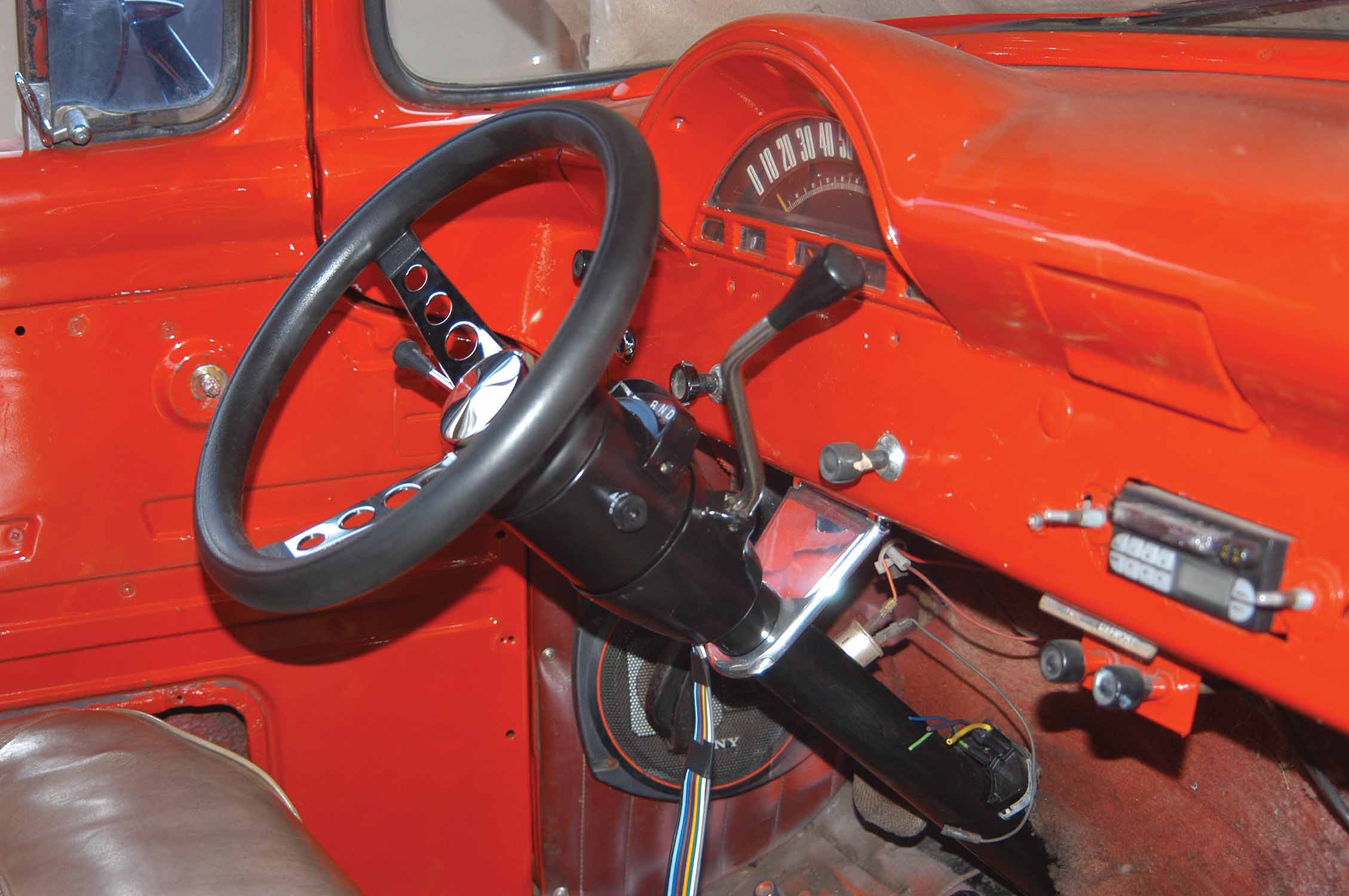
The owner of this ’56 Ford pickup purchased it for a daily driver, and after driving it for a short time decided to make it more comfortable. Still running the original suspension, it rode rough and typically handled like an old truck, which it happens to be. He wanted a softer ride, and for the truck to handle like a modern sports truck, so several chassis improvements were in order.
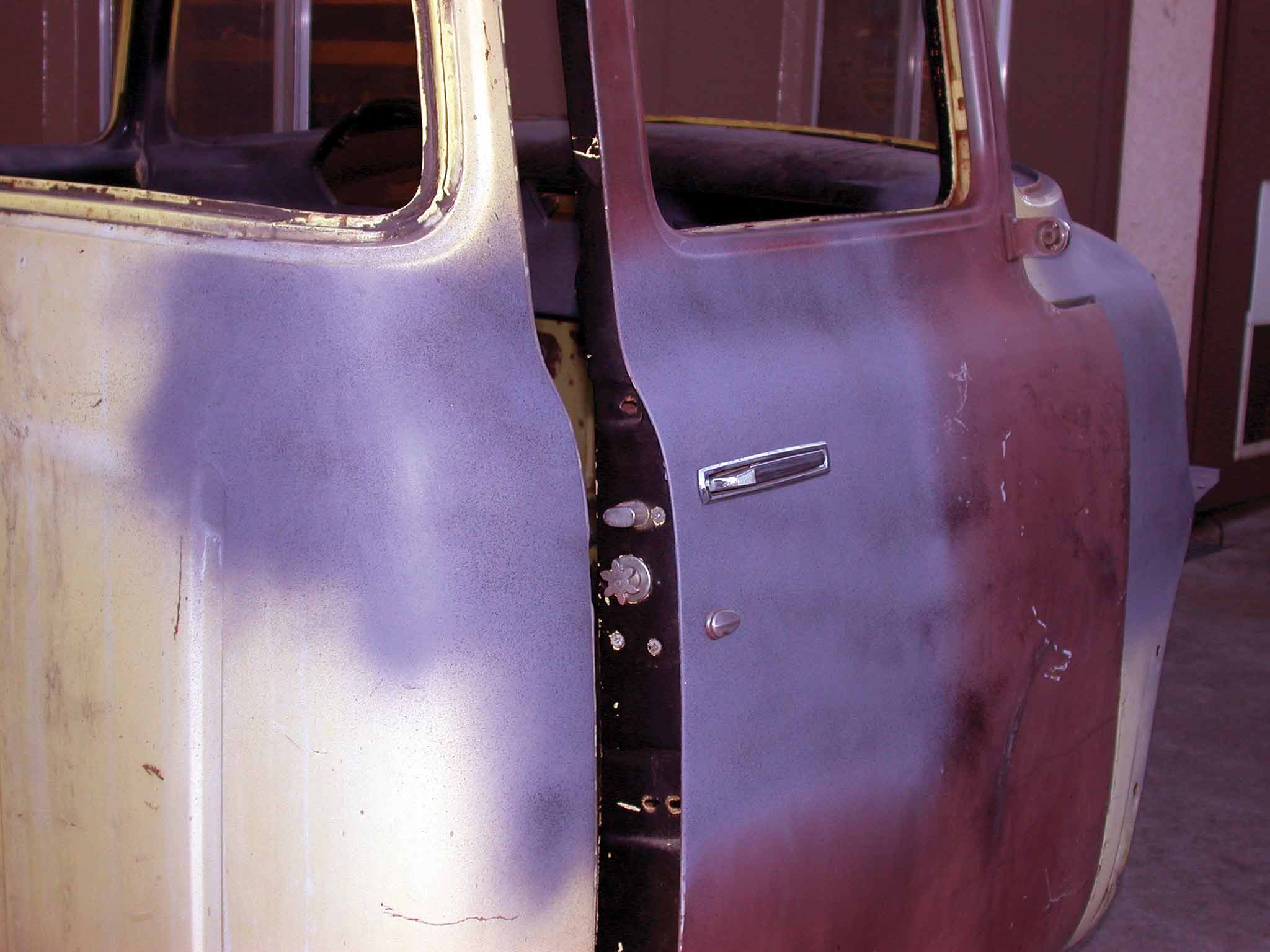
Before the advent of the “smoothie look,” people were slicking down the lines of their cars and trucks in numerous ways, and shaving door handles was one of the more popular mods. Today the trend is to fit later-model door handles rather than no door handles at all. This still provides a simple way to clean up your vehicle with very little effort, yet retains the convenience of manually opening the door. If you have the patience, talent and imagination, you can borrow the parts from a donor car or truck and fit them to your own project, thereby achieving a cool, smooth look that will be unique to your vehicle.




